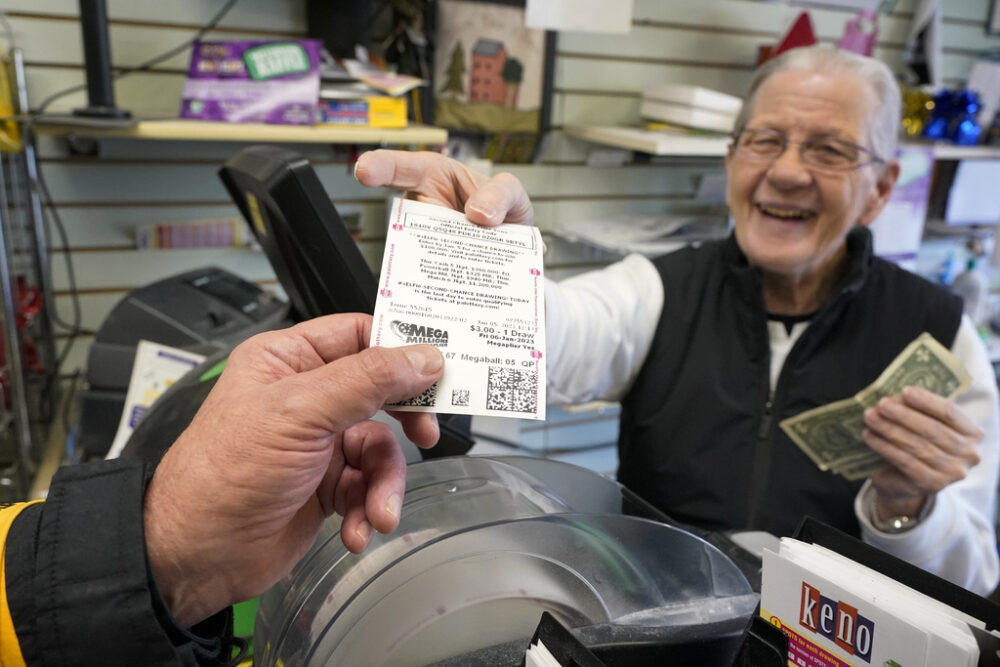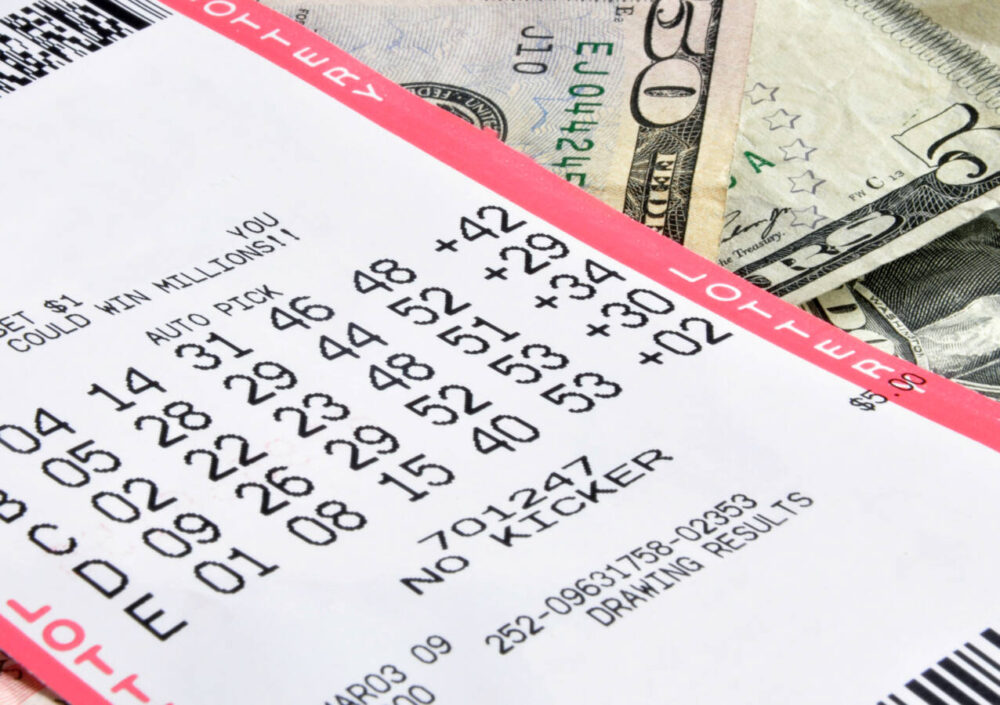It’s happening again: A humongous Powerball lottery jackpot surpassing $1 billion is up for grabs. With that kind of money on the line, you may be tempted to pick up a ticket or two yourself.
But if you’re new to the game, it all might seem a bit strange. What power does this ball possess?
It’s all in the draw: Each Powerball drawing picks five white, numbered balls and one red ball. In order to win the grand prize, a player must match all five white numbers and the red number. Mega Millions, another national-level lottery, is similar.
As of this writing, no one’s hit the jackpot in weeks. And so it grows.
MORE: Man wins Powerball and keeps promise to give winnings to stepdaughter
Whether you’re interested in one of the nationwide lotteries or your state’s weekly drawings, you probably have questions. Here’s a quick primer on lottery basics — unfortunately, we can’t increase your (extremely long) odds of winning, but at least you’ll know a little more about how the game works.

Where Do Lottery Prizes Come From?
Lottery prize money is generated by ticket sales. The more people that buy tickets — and the longer it goes before somebody wins the jackpot — the bigger the prize.
Some folks like to choose their own numbers, but players can also opt to “quick pick” and let the ticket machine select a random set of numbers for them.
According to Lotto.com, 181 million Americans purchase at least one lottery ticket per year. The North American Association of State and Provincial Lotteries (NASPL) reported that U.S. lottery sales totaled over $113.3 billion in 2023. The addition of online lottery ticket sales has made it even easier to get in the game, so more people are funding the jackpot by simply pressing a button on their smartphone to buy a ticket.
And, in 2021, Powerball added a third weekly drawing on Mondays, helping their jackpots grow bigger, faster. By the end of that year, Americans had spent more than $95 billion on lottery tickets.

Where Does Lottery Revenue Go?
It varies by state, but about 50%-60% of lottery ticket revenue goes into the prize pot, and the rest gets divvied up between various administrative and vendor costs, plus toward whatever projects each state designates.
“Lottery revenues are allocated differently in each state, with determinations made by state legislatures,” Carole Bober Gentry, a spokesperson for the Maryland lottery and the Mega Millions national lottery, told ABC News.
“In many states, the money goes to public education, but some states dedicate it to other good causes,” Gentry said.
If you’re curious about your state, the North American Association of State and Provincial Lotteries shares how much lottery money each state spent in 2023, and which programs received funding.

How Are Lottery Numbers Drawn?
Time for the fun part!
There are two main types of lottery-drawing machines: the air mix machine and the gravity pick machine. The air mix is the one that blows numbered ping-pong balls around in a chamber. Numbers are randomly selected when they get sucked out of the chamber and displayed.
Gravity pick is the method used by Powerball and Mega Millions: A drum constantly bounces and mixes the numbered balls as it spins. When the time comes, the balls that fall out of the machine and onto a rack are the chosen ones.
Mega Millions describes their drawing process as taking “approximately three hours for a drawing that takes less than 60 seconds.” Before every drawing, the lottery machines and balls are inspected by independent auditors to ensure random results. All of the equipment is stored securely before and after the drawings, too.

Lottery Payout Options
There’s one question that lottery fans never get sick of debating: What’s the best way to receive your lottery payout if you win big?
There are two payout options: A lump sum payment or an annuity, where the money is paid out over time.
The annuity nets you the full amount of the jackpot over the course of 29 annual payments, plus one initial payment when you claim your prize. You’ll have to pay taxes on the prize money each year.
MORE: Man uses lottery winnings to support schools in his native country
The lump sum is attractive because you’ll only pay tax on your prize once. However, the amount paid will be approximately half of the advertised amount, depending on the lottery’s rules and current interest rates.
That means the $1 billion-plus Powerball jackpot will come out to a still-astronomical $500 million or so if the lump sum payment is chosen.

How Much are Lottery Winnings Taxed?
For starters, the IRS will take a chunk off the top of any winnings over $5,000 — a mandatory 24% federal withholding that must be paid immediately.
Big-money winners also need to consider that they’ll be bumped into the top tax bracket, paying 37% income tax.
Then there’s state tax to consider, though a handful of states, including California and Texas, don’t tax lottery winnings.
MORE: 5 times the dreaded ‘lottery curse’ was broken
Basically, the huge payoff comes with huge financial responsibilities — it’s not all luxury cars, yachts and private jets. That’s why most experts recommend winners hire a wealth manager or financial advisor as soon as the prize is secured.
Wealth managers can identify the various tax obligations and pay them on your behalf, plus devise investment and giving strategies for the years ahead.
If you suddenly find yourself in the position of needing a wealth management team, congratulations! You’re officially one of the lucky ones.
How does the lottery work, anyway? originally appeared on Simplemost.com


